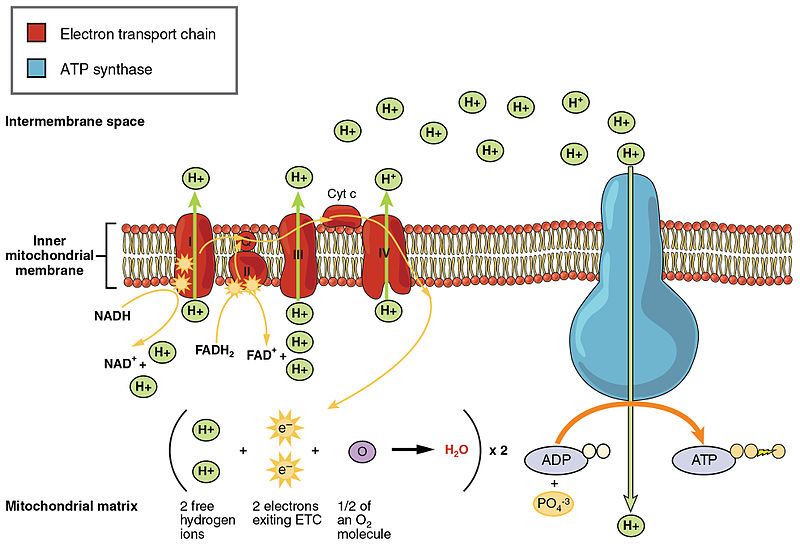
Difference Between Substrate Level Phosphorylation and Oxidative
A primary difference is the ultimate source of the energy for ATP synthesis. In oxidative phosphorylation, the energy comes from electrons produced by oxidation of biological molecules. In the case of photosynthesis, the energy comes from the light of the sun. Figure 2.6.6 2.6. 6: Photophosphorylation.

Electron transport chain,oxidative phosphorylation and substrate level
Substrate-level phosphorylation means that a phosphate is transferred to ADP from a high-energy phosphorylated organic compound. We will see in the section on metabolic pathways that a couple of the enzymes in glycolysis make ATP through substrate-level phosphorylation, as well as an enzyme in the citric acid cycle. However, only a small amount.

Substrate Level Phosphorylation vs Oxidative Phosphorylation neetpg
Figure 17.5.1 17.5. 1: ATP Production during Aerobic Respiration by Oxidative Phosphorylation involving an Electron Transport System and Chemiosmosis. NADH and FADH 2 carry protons (H +) and electrons (e -) to the electron transport chain located in the membrane. The energy from the transfer of electrons along the chain transports protons.
.PNG)
SubstrateLevel Phosphorylation
The main difference between substrate level phosphorylation and oxidative phosphorylation is that substrate level phosphorylation is a direct phosphorylation of ADP with a phosphate group by using the energy obtained from a coupled reaction whereas oxidative phosphorylation is the production of ATP from the oxidized NADH and FADH2.

substrate level vs oxidative phosphorylation
Substrate-level phosphorylation is an exergonic reaction that is responsible for the transfer of a phosphoryl group from a substrate to a nucleoside diphosphate (ADP or GDP) to form a.

Image result for oxidative and substrate level phosphorylation
Oxidative phosphorylation is a vital cellular respiration process that generates ATP. It involves the oxidation of NADH and FADH2 and phosphorylation. The process creates a hydrogen gradient, enabling chemiosmosis and ATP synthesis. This energy conversion is essential for all life forms, from bacteria to sharks. Created by Sal Khan. Questions

Oxidative Phosphorylation Diagram
This is the video explaining similarities and differences between substrate level phosphorylation vs oxidative phophorylationYou can download the notes from.

Substrate level vs. Oxidative Phosphorylation YouTube
Substrate-level phosphorylation is a process that occurs during glycolysis and the Krebs cycle, also known as the citric acid cycle. It takes place in order to form high-energy ATPs for cellular and biological processes in the body.

Redox Reactions Biology for Majors I
Oxidative phosphorylation is made up of two closely connected components: the electron transport chain and chemiosmosis. In the electron transport chain, electrons are passed from one molecule to another, and energy released in these electron transfers is used to form an electrochemical gradient.
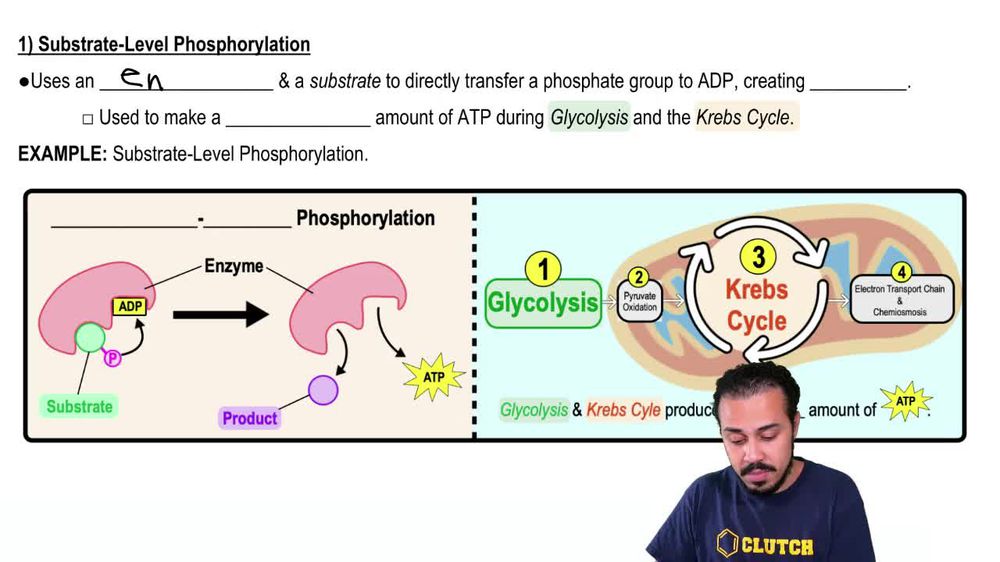
Compare and contrast substratelevel phosphorylation and oxidativ
Glycolysis takes place in the cytosol of a cell, and it can be broken down into two main phases: the energy-requiring phase, above the dotted line in the image below, and the energy-releasing phase, below the dotted line. Energy-requiring phase. In this phase, the starting molecule of glucose gets rearranged, and two phosphate groups are.
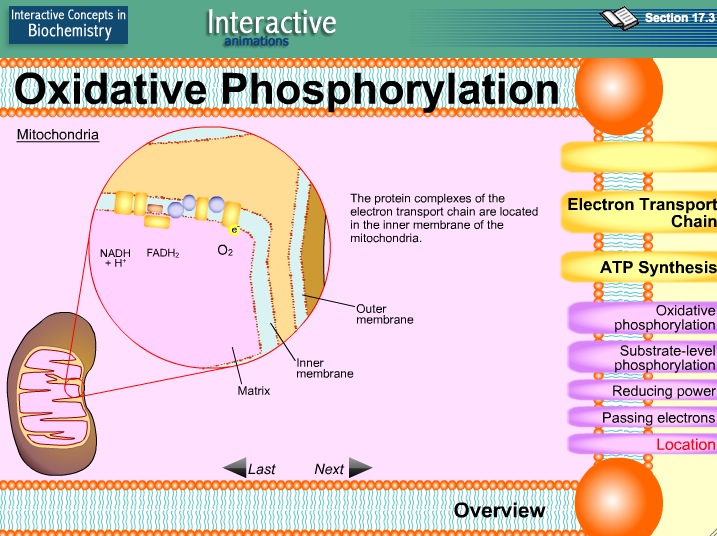
oxidative vs substrate level phosphorylation
Figure 7.12.1 7.12. 1: Chemiosmosis: In oxidative phosphorylation, the hydrogen ion gradient formed by the electron transport chain is used by ATP synthase to form ATP. If the membrane were open to diffusion by the hydrogen ions, the ions would tend to spontaneously diffuse back across into the matrix, driven by their electrochemical gradient.
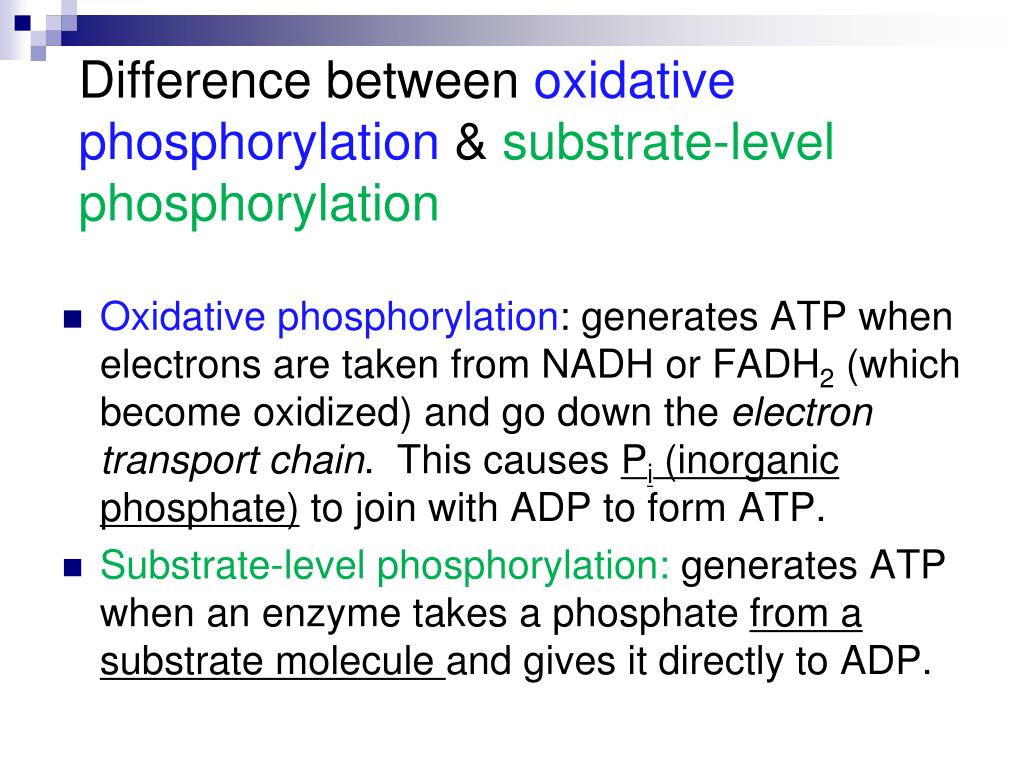
PPT Cellular Respiration Electron Transport Chain Ch. 9 PowerPoint
Over 27,000 video lessons and other resources, you're guaranteed to find what you need. Learn faster. Stay motivated. Study smarter.

Difference between Substrate level phosphorylation, Oxidative
The main difference between substrate level phosphorylation and oxidative phosphorylation is that substrate level phosphorylation is a direct phosphorylation of ADP with a phosphate group.

How Is Atp Produced By Substrate Level Phosphorylation Wasfa Blog
Oxidative phosphorylation is a cellular process that harnesses the reduction of oxygen to generate high-energy phosphate bonds in the form of adenosine triphosphate (ATP). It is a series of oxidation-reduction reactions that involve the transfer electrons from NADH and FADH2 to oxygen across several protein, metal, and lipid complexes in the mitochondria known as the electron transport chain.
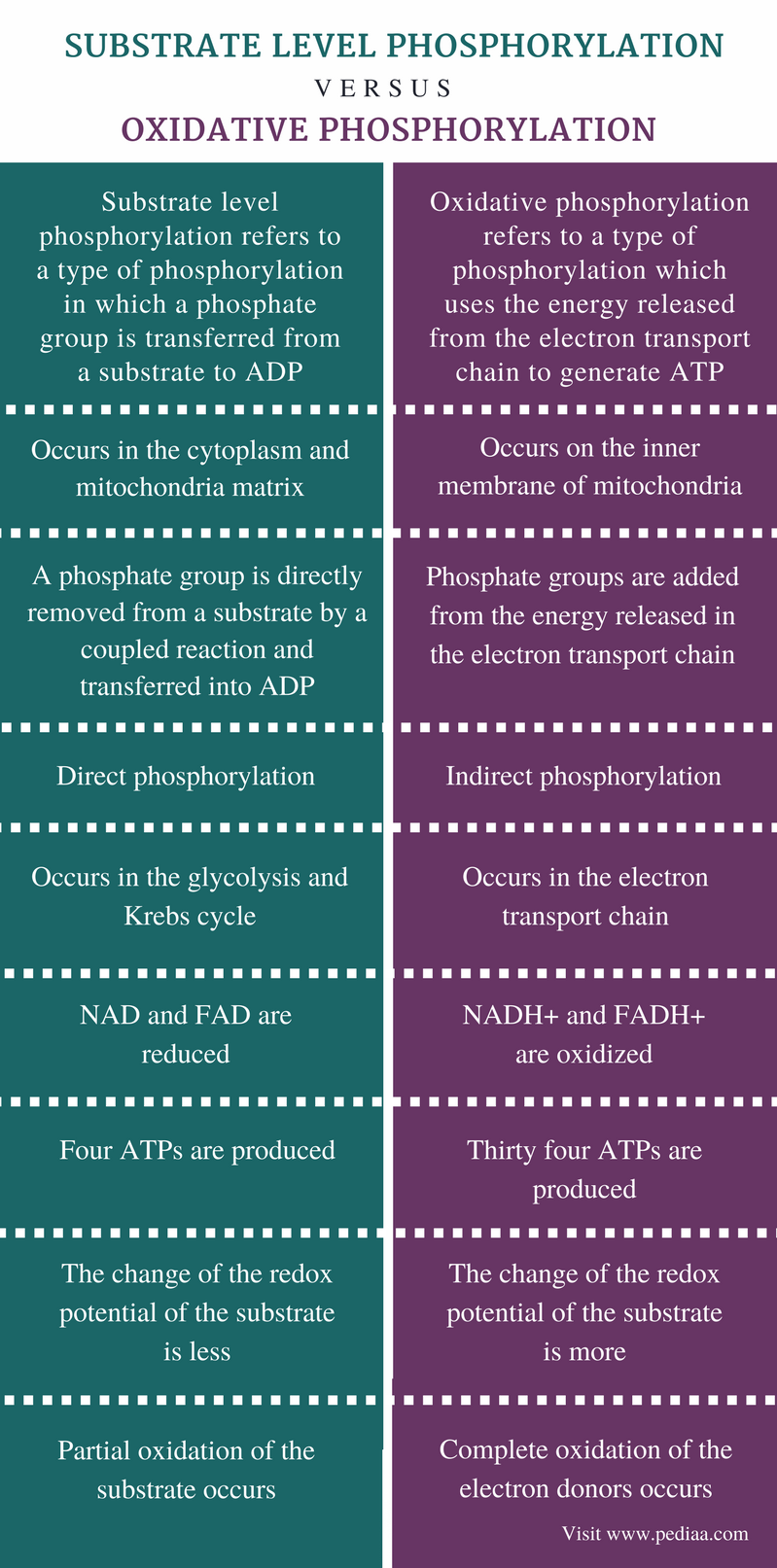
When Substrate Level Phosphorylation Occurs It Means That
What You'll Learn? 1 Substrate Level Phosphorylation vs Oxidative Phosphorylation 1.1 What is Substrate Level Phosphorylation? 1.1.1 Examples of Substrate Level Phosphorylation 1.1.2 Uses of Substrate Level Phosphorylation 1.2 What is Oxidative Phosphorylation? 1.2.1 Examples of Oxidative Phosphorylation 1.2.2 Uses of Oxidative Phosphorylation

Oxidative Phosphorylation Definition, Steps ALevel Biology Revision
Oxidative Phosphorylation vs. Substrate Level Phosphorylation What's the Difference? Oxidative phosphorylation and substrate level phosphorylation are two different mechanisms by which cells generate ATP, the energy currency of the cell. Oxidative phosphorylation occurs in the mitochondria and involves the transfer of electrons from NADH and.